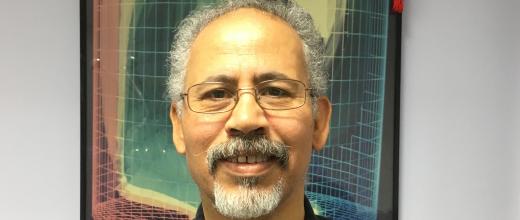Within the framework of a global policy to reduce the emissions produced by the transport sector - particularly road transport - IFPEN is focusing on a complementary option along with vehicle electrification: the use of hydrogen powertrains. However, the use of hydrogen in IC engines first requires a comprehensive understanding of different phenomena, associated, for example, with interactions between the fuel and air...









